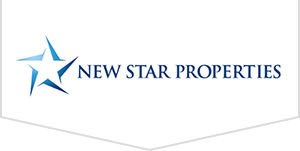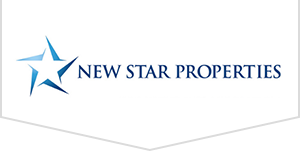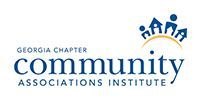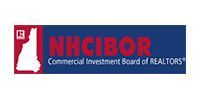Recent Blog Posts

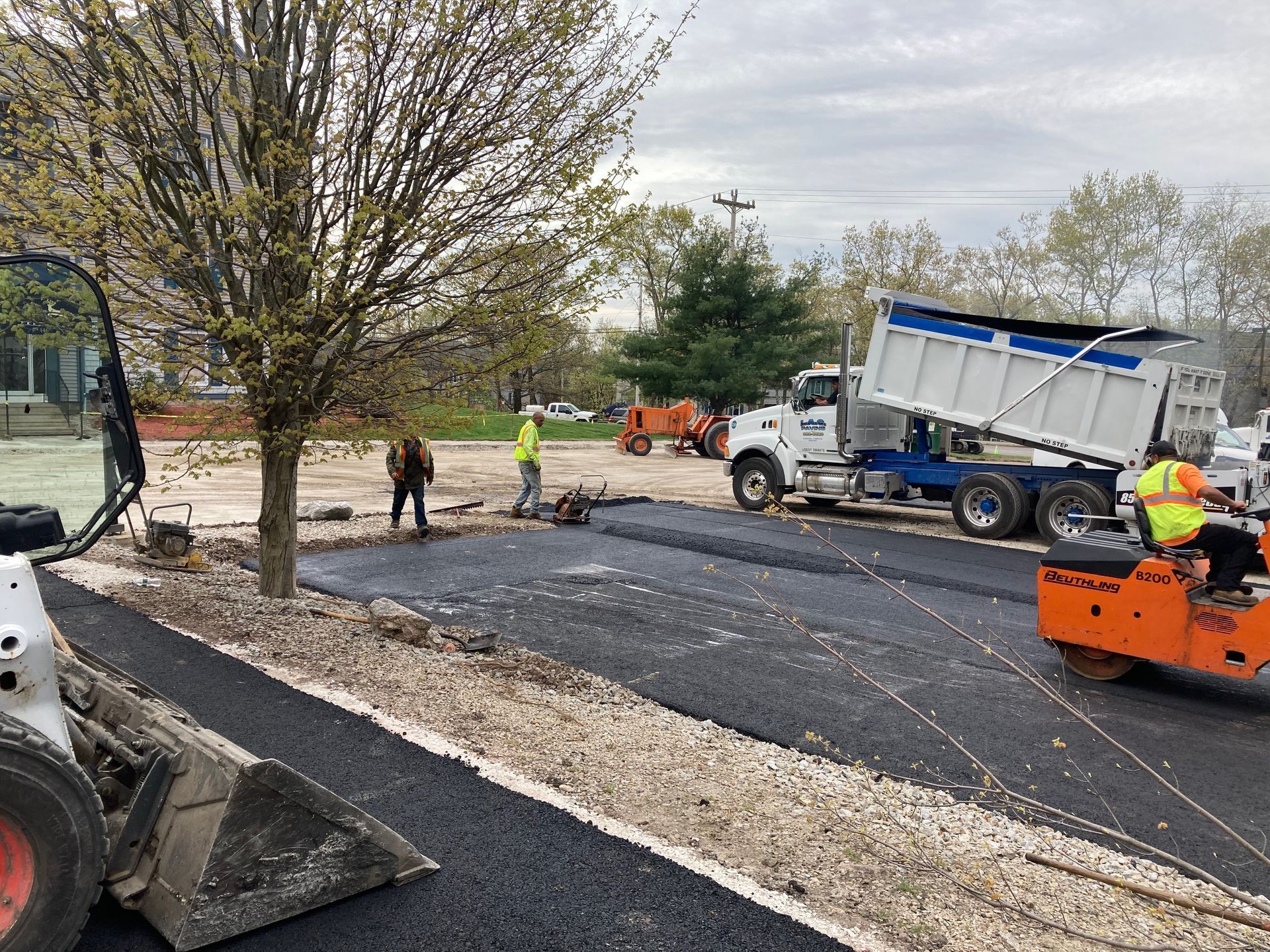
Property Management
Laconia, NH
Maintenance Staff Available 24/7
Same-Day Emergency Service
Virtual Consultations Available
Request Lorem Epsom
Hero Request Form
Thank you for contacting us.
We will get back to you as soon as possible.
Please try again later.
Condo/HOA Management Since 2015
Since our inception in 2015, New Star Properties has been at the forefront of condo and HOA management, proudly offering extended unit owner services that include Handyman and Brokerage solutions. As we look to the future, 2025 marks an exciting chapter for us as we merge with Integrated Realty Resources to form a division of Realty Management Partners LLC. This strategic partnership will enhance our ability to manage not only residential properties but also commercial and multifamily spaces.
Our team, led by our founding principal who continues to serve as President, remains fully dedicated to providing expert property management in Laconia, NH; Merrimack, NH; Northern MA; and nearby areas, with a strong emphasis on long-term financial sustainability and operational excellence. We pride ourselves on delivering consistent, reliable, and collaborative support to community boards. Contact us today for property management solutions that put your needs first.
Why Choose New Star Properties
Locally-Owned With Over 10 Years of Experience
Maintenance Staff Available 24/7
Same-Day Emergency Service
Virtual Consultations Available
We Service Our Clients at Times That Meet Their Needs
We Follow Up After Contract Signing

Condo Board Seminar
New Star Properties hosts informative seminars for condominium association leaders. These sessions cover important topics like legal duties, financial management, and effective community leadership. We equip board members with practical knowledge and strategies to achieve success.
Property Management
Property management in Laconia, NH is at the core of our services. We cover all aspects of property oversight, including tenant screening, rent collection, maintenance coordination, and financial reporting. Our team offers personalized attention to each property, ensuring smooth operations and value preservation.
Property Support Services
From routine repairs and upgrades to professional brokerage services, we help protect your investment and maximize its market potential. With a focus on quality, efficiency, and value, we make it easy to keep your property in top shape and ready for buyers. Let us handle the details—so you can focus on what’s next.
Here's what our satisfied clients are saying...
At New Star Properties, we take pride in providing exceptional property management and handyman services to our clients. We would be grateful if you could share your thoughts about our business with others. Your feedback helps us improve and helps others make informed decisions. Please take a moment to leave a review of New Star Properties and let others know what you think.
Frequently Asked Questions
1. What types of properties does New Star Properties manage?
New Star Properties specializes in property management in Laconia, NH, as well as surrounding areas. They manage residential condominiums, multi-family buildings, and commercial properties. Each property receives a customized approach to ensure financial oversight, tenant relations, and maintenance are handled efficiently. Their team focuses on maximizing rental income while maintaining property value.
2. How long has New Star Properties been serving the area?
The company has been operating since 2015, building a reputation for reliable and responsive service. Their experience in property management in Laconia, NH, allows them to handle challenges effectively, from tenant turnover to property maintenance, ensuring owners have peace of mind and consistent returns.
3. What services are included in property management?
Property management services include tenant screening, lease preparation, rent collection, financial reporting, regular inspections, and maintenance coordination. Emergency repairs are handled promptly, and they also assist with marketing vacant units to minimize downtime. Owners benefit from a comprehensive package that covers all daily management tasks.
4. How much do property management services cost?
Costs depend on the type and size of the property. Residential and multi-family properties typically incur a monthly management fee based on a percentage of collected rent. Commercial properties may have a flat rate or customized pricing. New Star Properties provides a clear, upfront estimate so owners know exactly what to expect before signing any agreement, helping them plan their budget, avoid surprises, and make confident decisions about professional property management.
5. Are emergency maintenance issues included?
Yes. Their property management in Laconia, NH, includes 24/7 emergency maintenance services. This ensures that urgent issues, like plumbing leaks, electrical problems, or HVAC failures, are addressed immediately, minimizing damage, preventing costly repairs, maintaining safety standards, and keeping tenants satisfied and confident in the property's upkeep.
6. Can they help with marketing and leasing my property?
Absolutely. New Star Properties develops marketing plans to attract high-quality tenants quickly. They handle advertising, showings, applications, lease preparation, and screening. For owners, this reduces vacancy periods, ensures a steady rental income, and helps maintain the property's value while minimizing the stress and time involved in tenant turnover.
7. How are financial reports delivered?
Owners receive detailed financial reports on a monthly or quarterly basis. These reports summarize income, expenses, maintenance costs, and reserve funds, providing a clear overview of property performance. Transparent reporting helps owners make informed decisions about budgeting, repairs, future investments, and strategic planning, while also offering documentation for tax purposes and long-term financial tracking.
8. What sets New Star Properties apart from other management companies?
Their personalized approach and hands-on support make them unique. By offering property management in Laconia, NH, combined with maintenance and brokerage services, they provide a full-service solution that covers both operational and strategic property needs. This approach reduces stress for owners and helps protect the long-term value of each property.
9. Do they offer consultations for new clients?
Yes, they provide both virtual and in-person consultations. During the consultation, property owners can discuss goals, review service options, and receive a cost estimate. This allows owners to understand exactly what services are included and how they align with their budget, ask questions about specific property needs, and gain clarity on timelines, fees, and any additional support that may be required.
10. How do I get started with New Star Properties?
Getting started is simple. You can visit the company's website or call their office to schedule a consultation. Their friendly team will explain available services, walk you through costs, and create a management plan tailored to your property. From there, you can quickly set up agreements and begin enjoying the benefits of professional property management.
